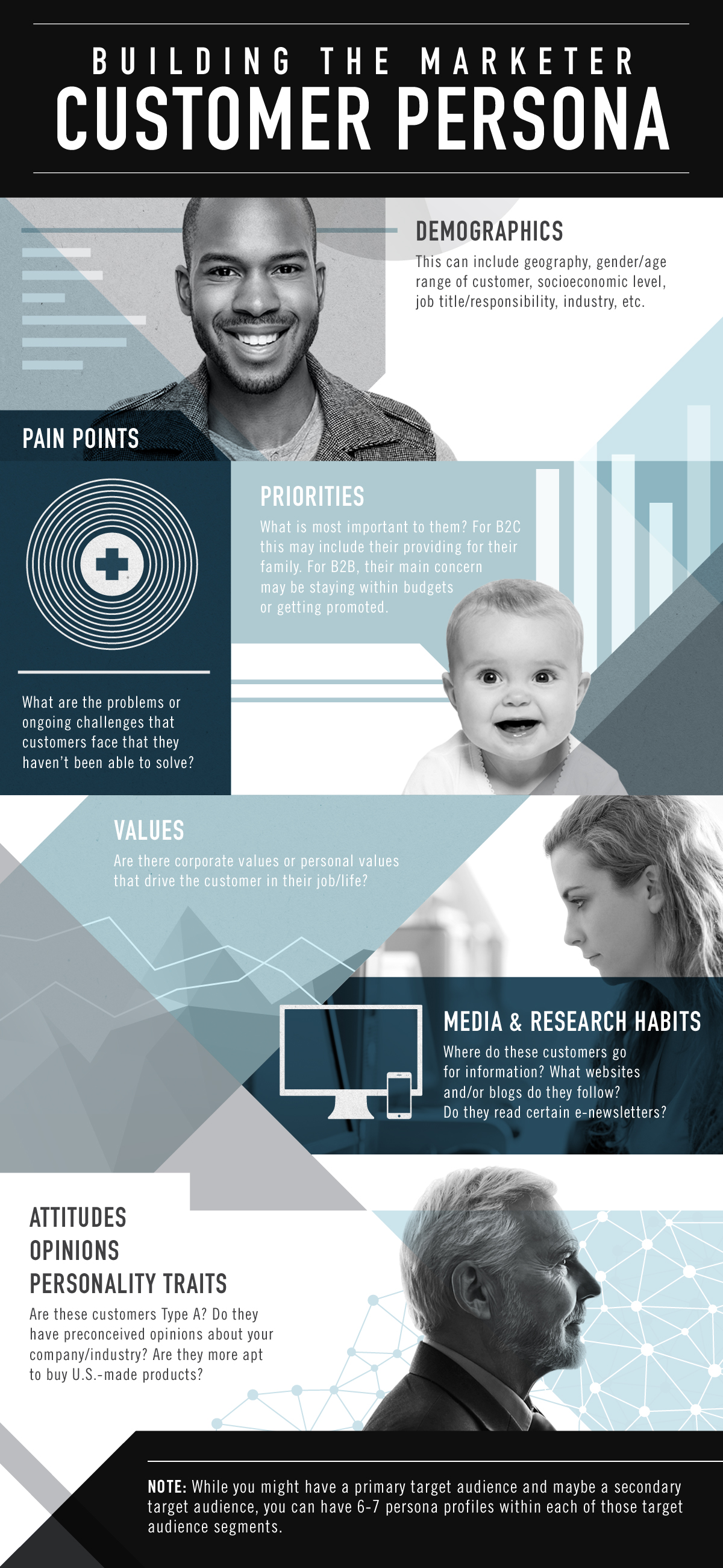Chances are we all know somebody who has been diagnosed with or affected in some way by cancer. As sad as this may be, the support, comfort and care shown by friends, family and communities can be overwhelming.
Last summer when my wife’s co-worker was diagnosed with stomach cancer, I witnessed someone fighting for his life — but not doing it alone. Sadly, after battling for 10 months, he passed away, but it was over the course of those 10 months, that I saw a lot of people band together to show their support and help him in his fight. I never really knew him, but got a glimpse into his life, what he was passionate about and how many lives he has impacted. He made a difference — in addition to being a physical therapist, he was an assistant college soccer coach and coached a youth soccer team as well. I heard enough stories to know that he will truly be missed by family, friends and the community he touched. He had a large support group, but the organization that made me take notice for their support was 3 Little Birds 4 Life.
Chances are that you’ve heard the captivating and peaceful lyrics from Bob Marley’s “3 Little Birds” sometime in your life – “Don’t worry about a thing ‘cause every little thing gonna be all right.” This song was the very essence of Guy “Tyler” Gifford, brother of 3 Little Birds 4 Life founder, Ashley Swip. Tyler was diagnosed with malignant melanoma in early 2010. It first started as a mole on the back of his calf that did not get treated right away. He had the mole removed, but it unfortunately came back as melanoma. Tyler had a Positron Emission Tomography (PET) scan, and the results were that the cancer had spread to his lymph nodes in his groin. He had the lymph nodes removed and all was clear. Three months later, Tyler had another PET scan. The melanoma had spread to his liver, heart, spleen, and bones. It was only a short 3 months later that he passed away. It was only a total of nine months from learning about his melanoma to his death on November 2, 2010.
It was through all of the treatments, surgeries, and the final stages that Ashley realized that Tyler, at 28 years old, needed to have one more great day doing the things that he loved. So, while he was still able to walk, she talked to the St. Louis Cardinal organization and had the perfect day made for him. That was the last time Tyler was able to hang out all day and walk during this wonderful experience. It was 6 weeks later after his wish that he passed away.
In the endeavor to make Tyler’s wish come true, Ashley quickly realized that it was necessary for other families currently battling a cancer diagnosis to be able to experience a wish. Tyler was granted an experience of a lifetime with the World Champion St. Louis Cardinals – to sit in the press box, meet the announcers and go on the field before the game during batting practice. A few months after Tyler’s death, 3 Little Birds 4 Life was created in his honor.
Tyler had a unique way of making each and every person around him smile, laugh, and remember that everything would be all right, no matter what. When Tyler passed away, the words from “3 Little Birds” were placed on his prayer card, and through his life, his caring nature, loving heart, and this song, 3 Little Birds 4 Life came to be.
It is because of stories like Tyler’s and others that I am choosing to dedicate my time to this organization and I urge others to do the same. I will help celebrate #GLSTL25 by volunteering at least 25 hours of my time toward granting wishes for 3 Little Birds 4 Life.
Right now, they have a pressing need for Wish Designers. There are many Wish Recipients just waiting to be picked up by a designer. However, there are many other ways people can help support 3 Little Birds 4 Life. Check out 3littlebirds4life.org to read more about donating, volunteering or their Workout 4 Wishes and Round Up 4 Me campaigns.






